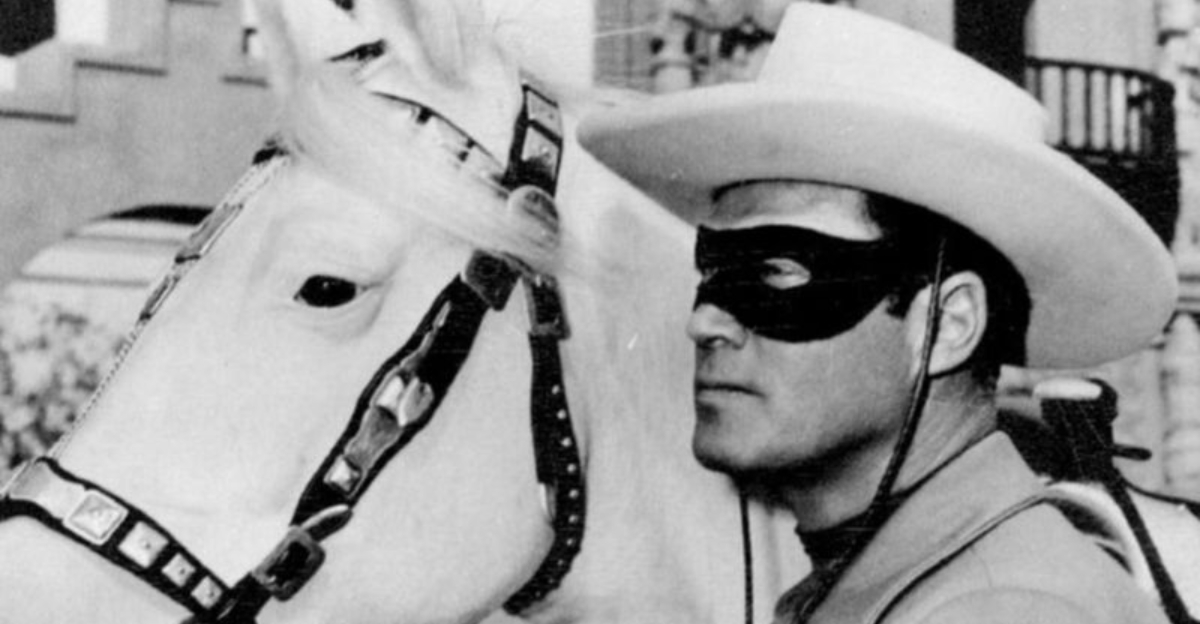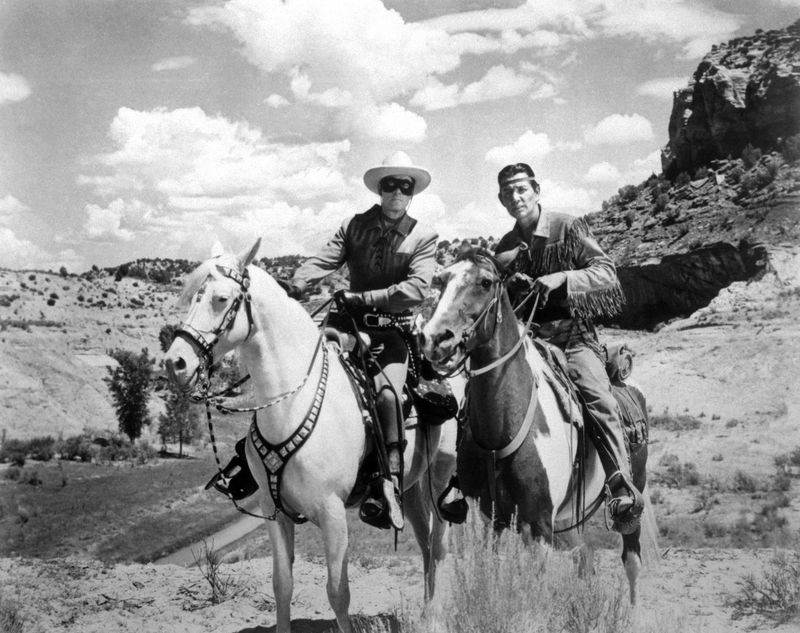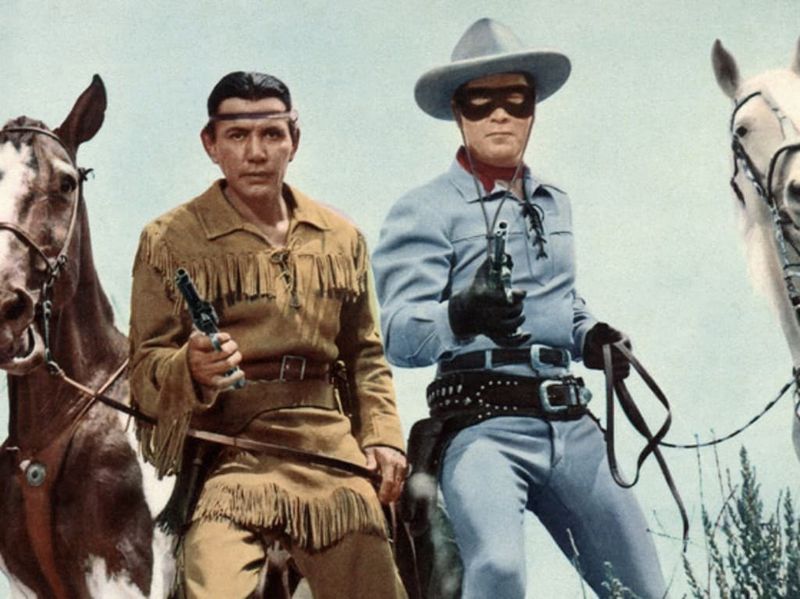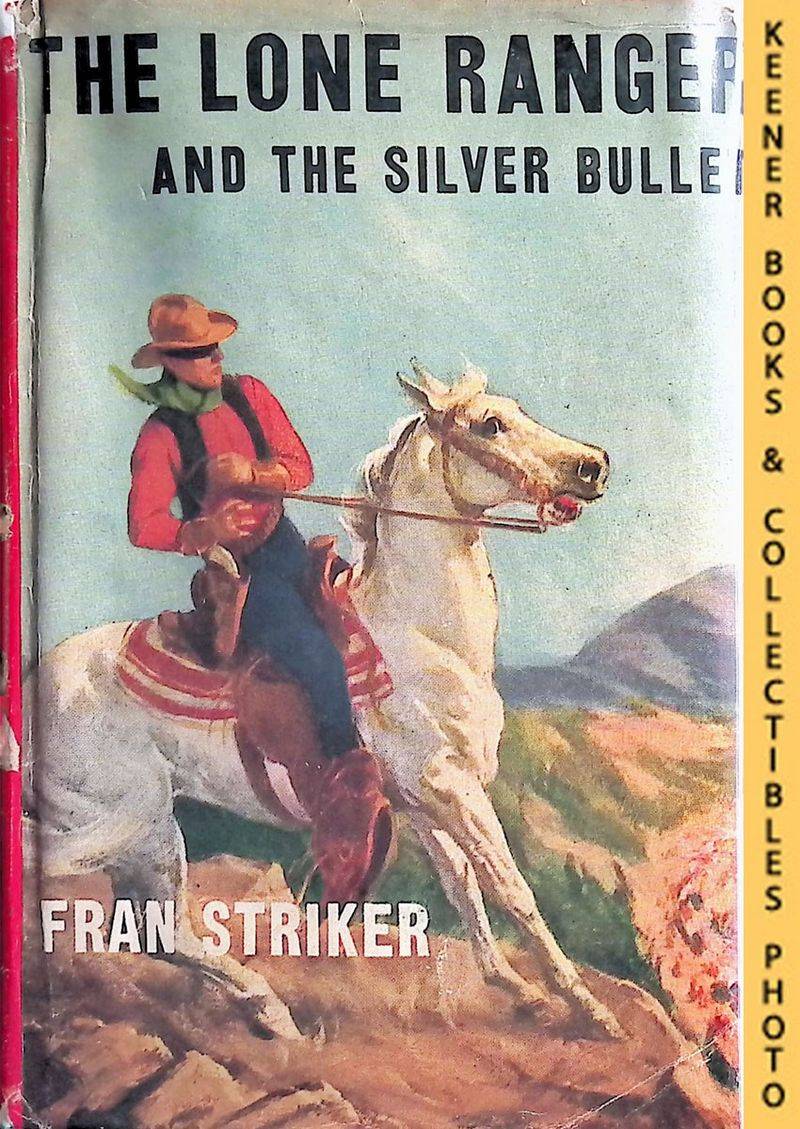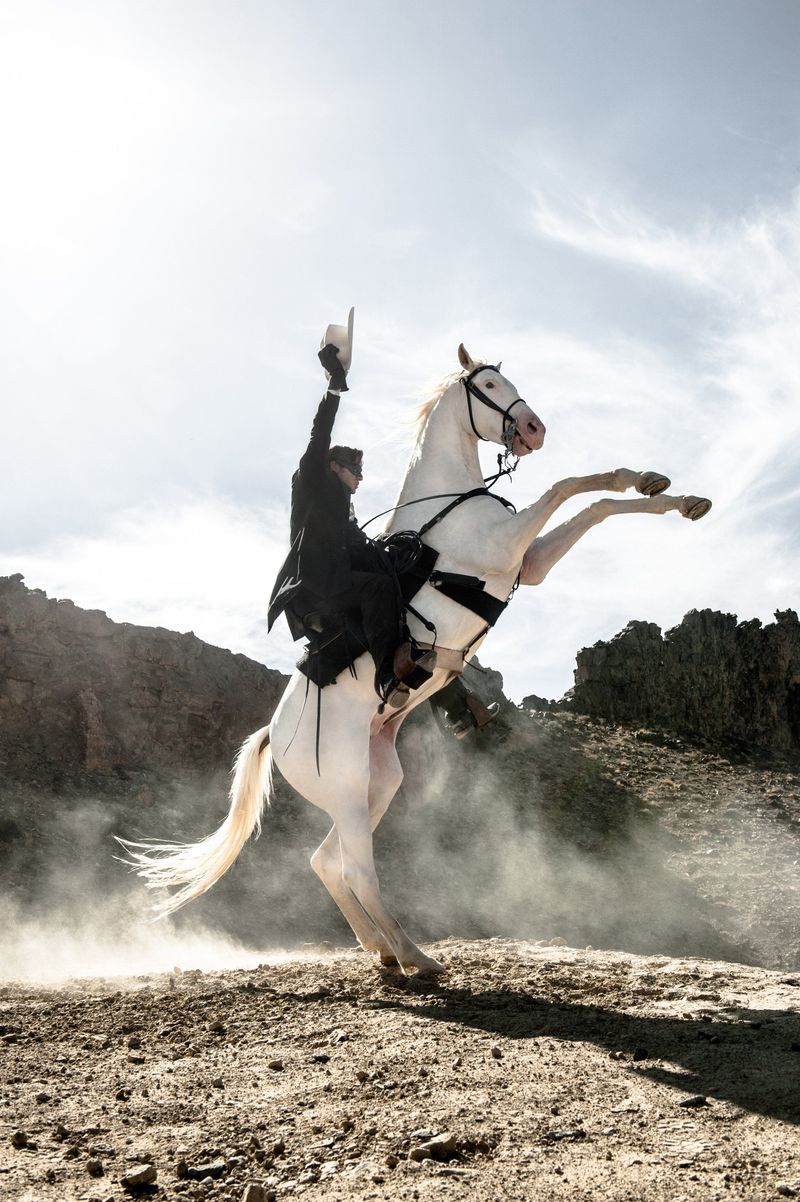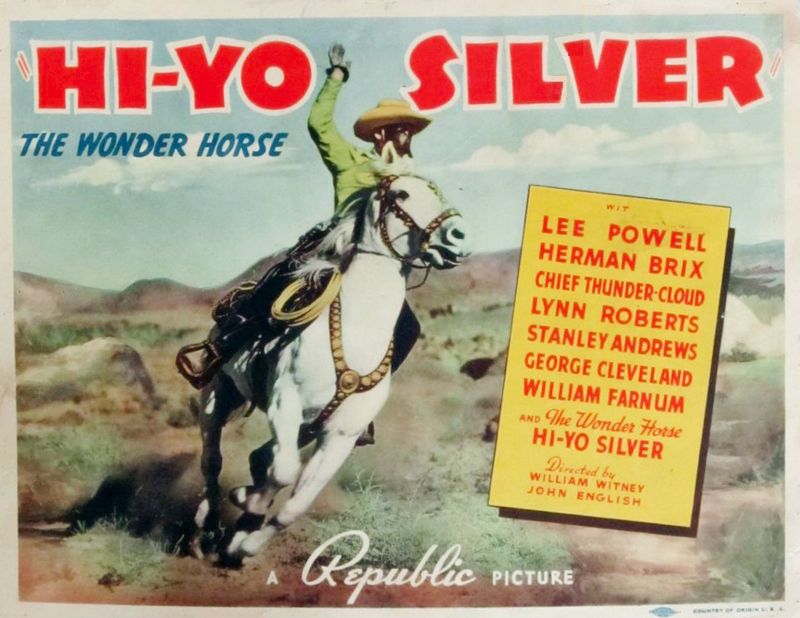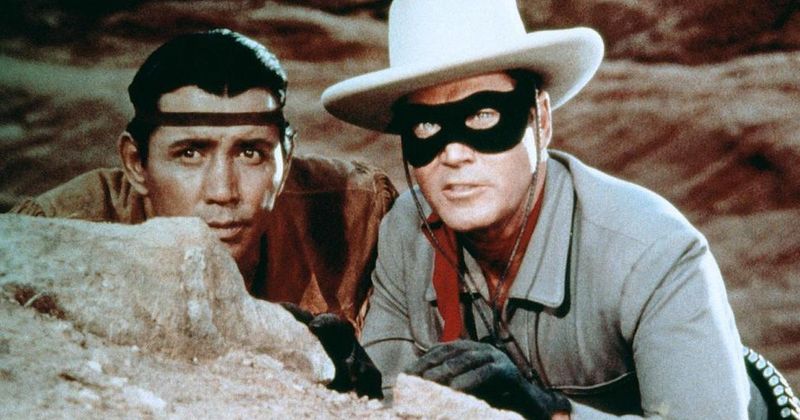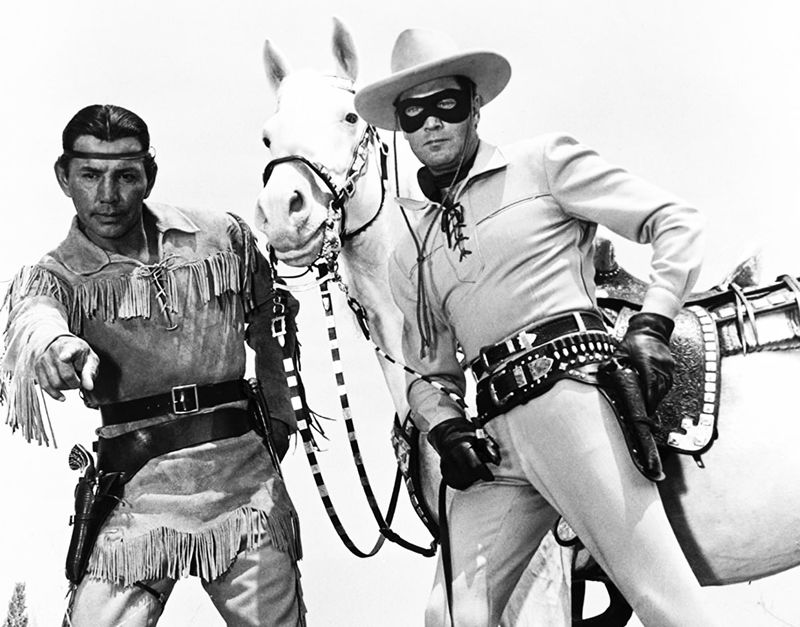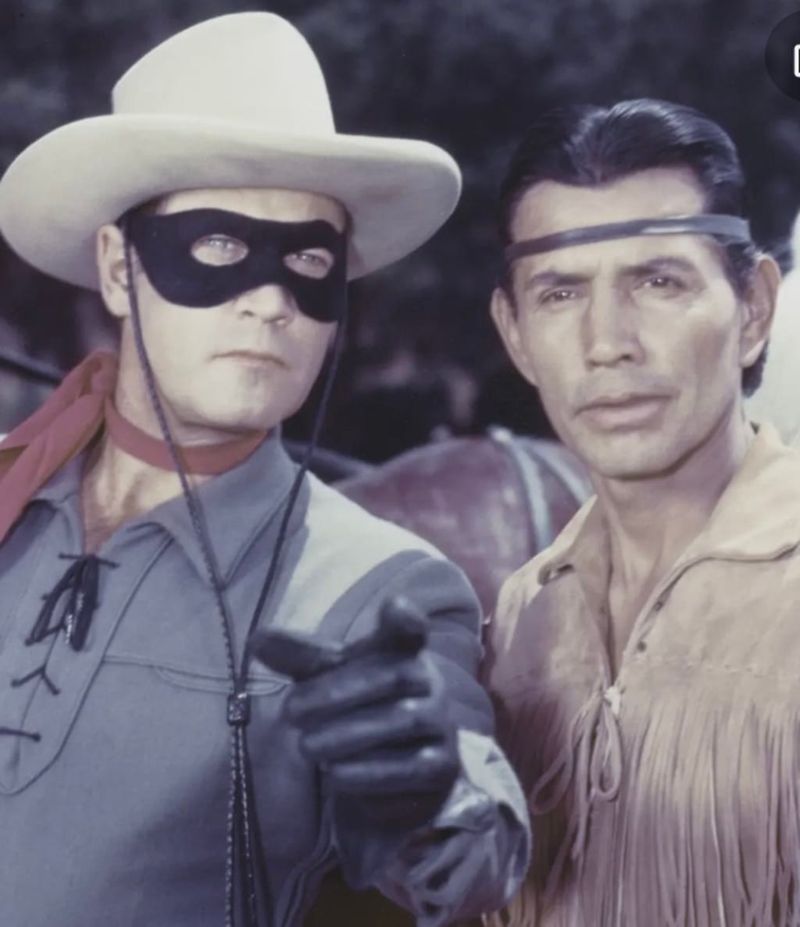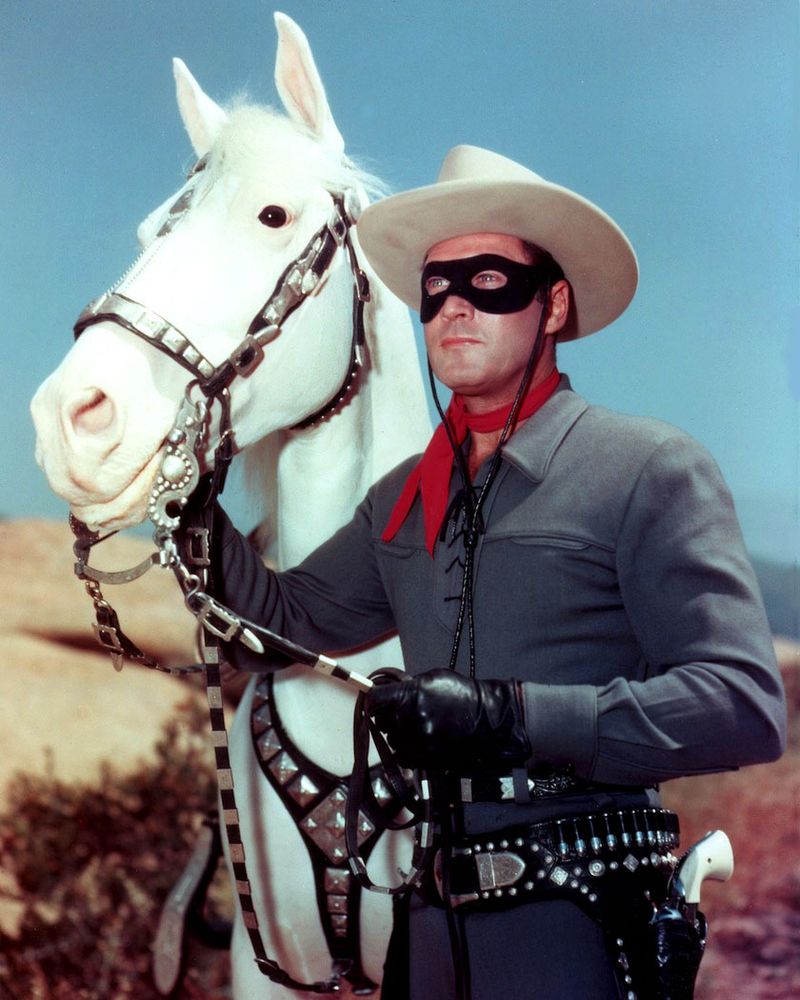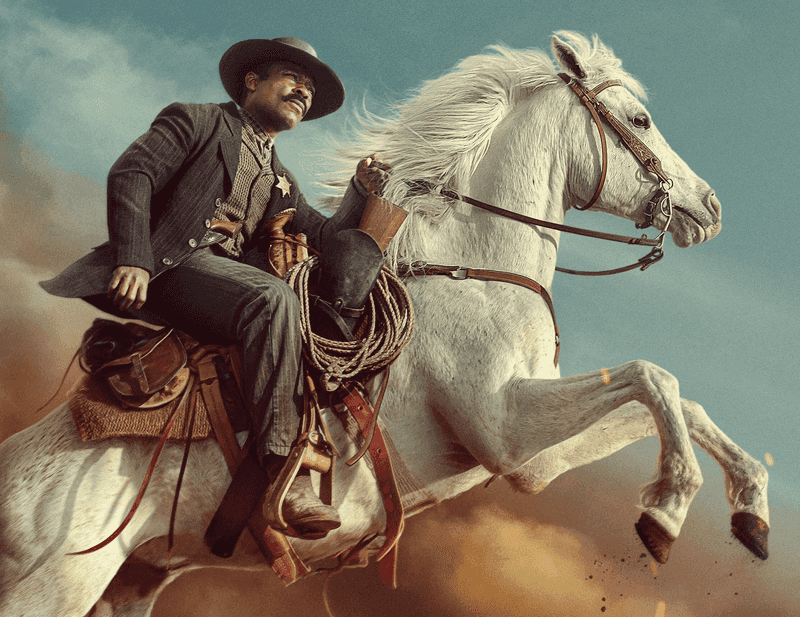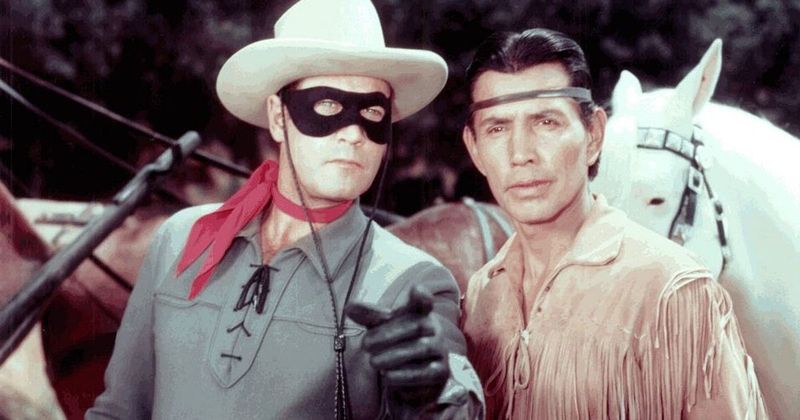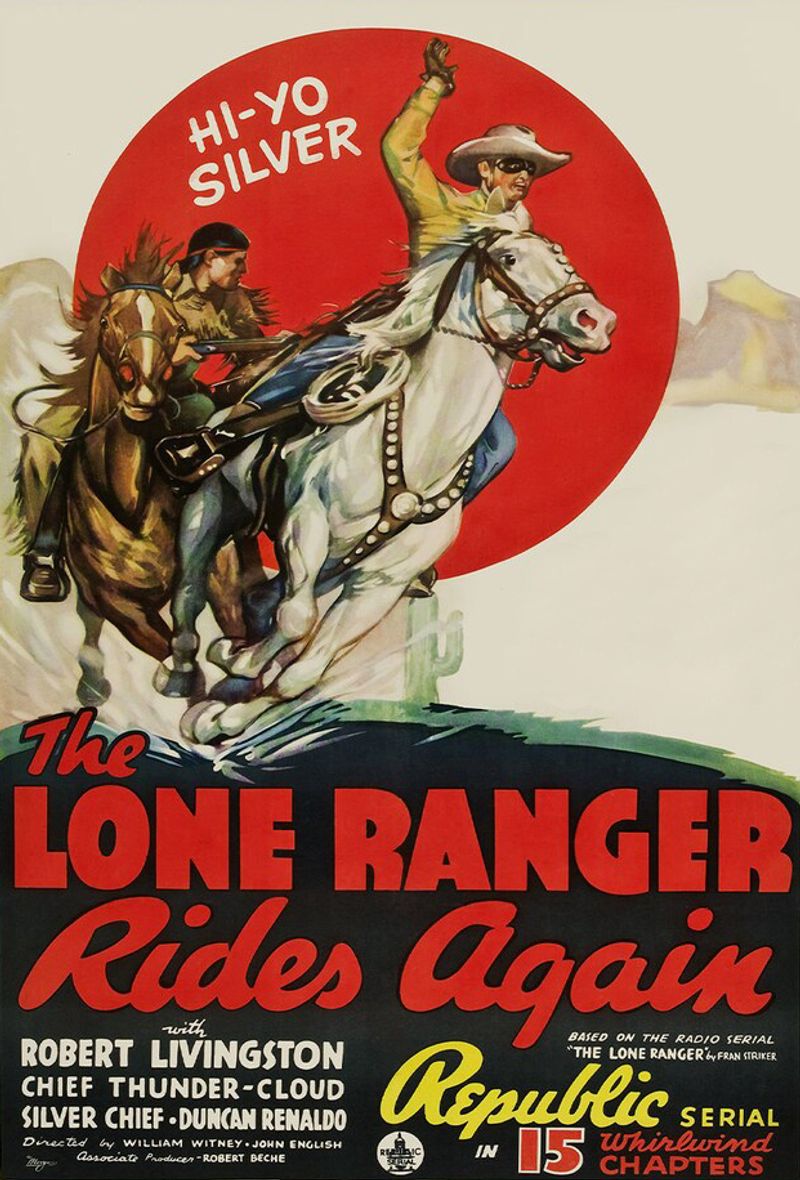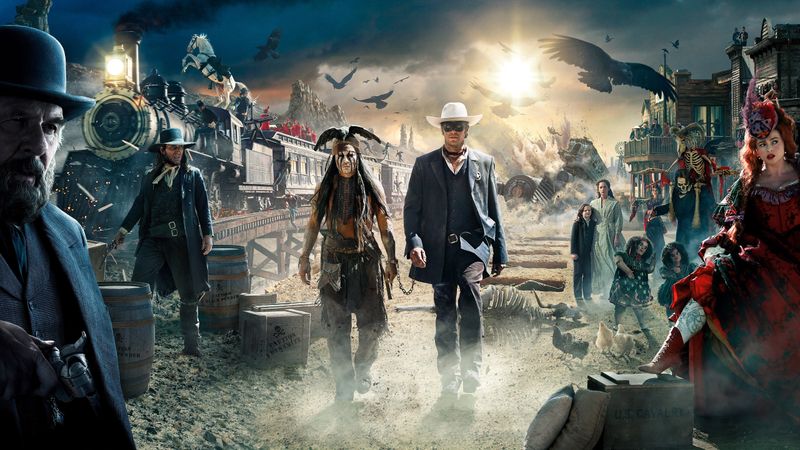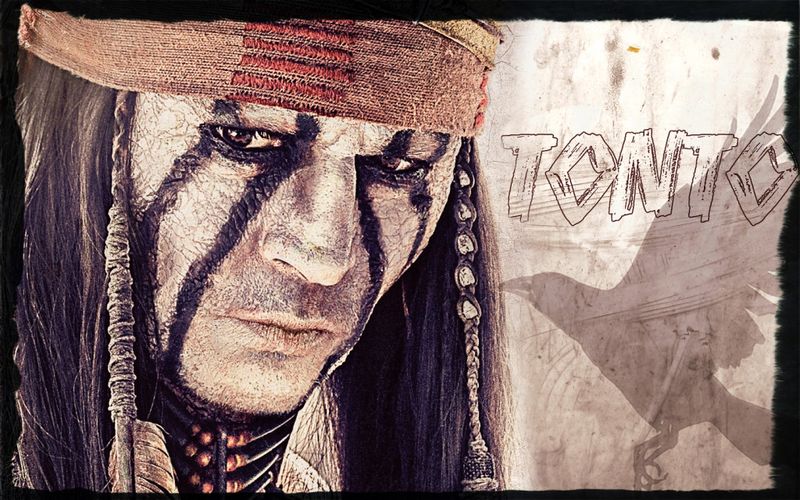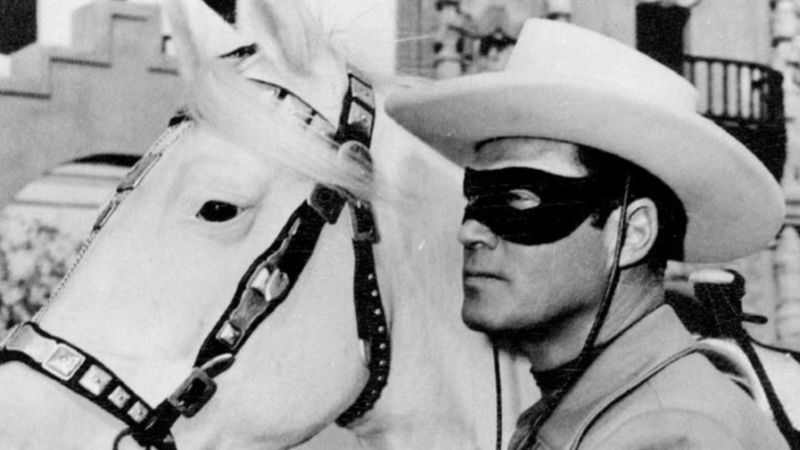The Lone Ranger, an iconic symbol of justice and adventure, has captivated audiences since his radio debut in 1933. This legendary character, known for his mask, silver bullets, and loyal horse, Silver, has left an indelible mark on American folklore.
Beyond the tales of heroism, there are fascinating facets to his story that remain lesser-known yet equally captivating.
From the brilliant minds of his creators to the controversies surrounding his sidekick, Tonto, the Lone Ranger’s narrative is rich with intriguing details.
Here, we uncover 15 untold facts about the masked man that challenge and enrich our understanding.
1. Radio Debut in 1933: America’s Iconic Hero Emerges
In 1933, the Lone Ranger first galloped into the hearts of Americans through the airwaves. This masked hero’s radio debut was a sensation, bringing thrilling stories of justice and adventure to families gathered around their radios.
The show quickly became a staple of American culture, influencing generations with its tales of good triumphing over evil. The radio format allowed listeners to use their imagination, painting vivid pictures of the Lone Ranger and his adventures.
His mysterious persona and unwavering dedication to justice inspired hope and excitement during a time when America needed it most.
2. The Creation: George W. Trendle and Fran Striker’s Legendary Blend
The Lone Ranger was born from the creative minds of George W. Trendle and Fran Striker. Trendle, a savvy businessman, and Striker, a talented writer, combined their skills to create a character that would transcend generations.
Their collaboration led to a rich narrative and iconic elements that defined the Lone Ranger. Their genius lay in crafting a hero who embodied the values of justice, courage, and honor.
The character’s enduring appeal lies in this legendary blend of storytelling and moral integrity, which continues to resonate with audiences today.
3. Silver Bullets: The Cultural Phenomenon That Launched a Myth
The Lone Ranger’s silver bullets are more than just ammunition; they symbolize justice, purity, and a promise to never shoot to kill.
This unique choice captured the imagination of audiences, becoming a cultural phenomenon that defined the character’s moral code. These bullets represented the Lone Ranger’s commitment to righteousness and his refusal to take a life.
This symbolic gesture reinforced his status as a hero who valued life and justice above all else, setting him apart from other characters in the Western genre.
4. Silver’s Legacy: The Loyal Steed That Became a Star
Silver, the Lone Ranger’s loyal steed, became a star in his own right. This magnificent horse was more than just a means of transportation; he was a trusted companion, symbolizing loyalty and bravery.
Silver’s presence added depth to the Lone Ranger’s adventures. The bond between the Lone Ranger and Silver resonated with audiences, showcasing the importance of partnership and trust.
Silver became an enduring symbol of the wild frontier, galloping alongside the Lone Ranger into the hearts of fans worldwide.
5. “Hi-Yo Silver, Away!”: The Catchphrase That Captivated Pop Culture
“Hi-Yo Silver, Away!” is a catchphrase that has transcended time, becoming synonymous with the Lone Ranger. This exclamation, full of energy and excitement, marked the beginning of thrilling adventures and heroic deeds.
The catchphrase captured the imagination of audiences, becoming an integral part of pop culture.
Its enduring legacy is a testament to the character’s impact and the excitement he brought to listeners and viewers alike. Few catchphrases have achieved such iconic status, resonating across generations.
6. The Masked Man: Concealing a Former Texas Ranger’s Identity
The Lone Ranger’s mask is iconic, symbolizing mystery and justice. It conceals his identity as a former Texas Ranger, allowing him to fight for justice without personal recognition.
This anonymity enabled him to operate above the law, focusing solely on righteousness. The mask’s symbolism extends beyond concealment, representing the universal struggle between good and evil.
It allowed the Lone Ranger to become a legend, embodying the values of justice and integrity that continue to inspire audiences.
7. From Radio to TV: The Lone Ranger’s Visual Revolution
The transition from radio to television marked a significant evolution in the Lone Ranger’s legacy. The visual medium brought the masked man to life, adding a new dimension to his adventures.
Audiences could now see the action unfold, enhancing their connection to the story. Television allowed viewers to witness the grandeur of the Wild West, from dramatic shootouts to breathtaking landscapes.
This shift to a visual format solidified the Lone Ranger’s place in popular culture, reaching a wider audience and leaving a lasting impact.
8. Tonto’s Trailblazing Role: Pioneering Multicultural Partnerships on Screen
Tonto, the Lone Ranger’s trusted companion, played a groundbreaking role in pioneering multicultural partnerships.
As a Native American character, Tonto was portrayed with dignity and respect, breaking stereotypes and forging a new path in media representation.
The partnership between Tonto and the Lone Ranger highlighted themes of friendship and equality, resonating with audiences across cultures.
This trailblazing dynamic challenged prevailing norms, paving the way for more inclusive storytelling in the entertainment industry.
9. Spin-Off Empire: How the Lone Ranger Spawned a Media Legacy
The Lone Ranger’s success led to a vast empire of spin-offs, including comic books, merchandise, and more. This expansion solidified the character’s status as a cultural icon, influencing various forms of media.
The enduring popularity of the Lone Ranger spawned a legacy that extended beyond the original stories, inspiring countless adaptations and interpretations.
This media empire cemented the character’s place in history, reaching new audiences and keeping the legend alive for future generations.
10. Real-Life Inspirations: Lawmen, Outlaws, and the Making of a Legend
The Lone Ranger’s character was inspired by real-life lawmen and outlaws of the American West. These historical figures provided a rich tapestry of stories and legends that fueled the creation of this iconic hero.
The blend of fact and fiction allowed the Lone Ranger to capture the essence of the Wild West, bringing to life the spirit of adventure and justice.
This connection to history added depth to the character, making him relatable and timeless for audiences seeking adventure and heroism.
11. Inspiring Generations: The Unwavering Legacy of Justice
The Lone Ranger has inspired generations with his unwavering commitment to justice. His stories of courage and integrity have resonated with audiences, teaching valuable lessons of righteousness and moral fortitude.
His legacy continues to influence those who seek justice and truth in their own lives. The character’s timeless appeal lies in his embodiment of universal values that transcend time and culture, leaving a mark on every generation that encounters his story.
12. Evolving Narratives: Multiple Canons of the Lone Ranger
The Lone Ranger’s story has evolved over the years, resulting in multiple canons and interpretations. These varying narratives have allowed the character to adapt to changing times, keeping his legend fresh and relevant.
Each version of the Lone Ranger offers a unique perspective, adding layers to the character’s already rich history.
This evolution demonstrates the enduring nature of the Lone Ranger, as he continues to capture the imagination of audiences with each retelling.
13. Cinematic Influence: Shaping Modern Westerns and Pop Culture
The Lone Ranger’s influence extends beyond his own stories, shaping the Western genre and popular culture. His tales of heroism and adventure have set a standard for storytelling in film and television.
Modern Westerns continue to draw inspiration from the Lone Ranger, blending traditional elements with contemporary narratives.
This cinematic influence has ensured that the spirit of the Lone Ranger endures, leaving a lasting impact on the way stories of the Old West are told.
14. Tonto Controversies: Challenging Racial Stereotypes in Early TV
Tonto’s character, while groundbreaking, was not without controversy. Early portrayals often fell into stereotypes, reflecting the racial tensions of the time. These depictions sparked discussions about representation and authenticity in media.
Over the years, efforts have been made to address these issues, leading to more nuanced portrayals. Tonto’s journey reflects broader societal changes, highlighting the ongoing struggle for accurate and respectful representation in entertainment.
15. An Enduring Symbol: The Lone Ranger in American Folklore
The Lone Ranger has become an enduring symbol in American folklore, representing ideals of justice and adventure. His legendary status has been cemented through countless stories, adaptations, and cultural references.
As a character, the Lone Ranger embodies the spirit of the American frontier, resonating with those who value heroism and integrity.
His place in folklore ensures that his legacy will continue to inspire and entertain for generations to come, standing as a testament to the power of storytelling.
